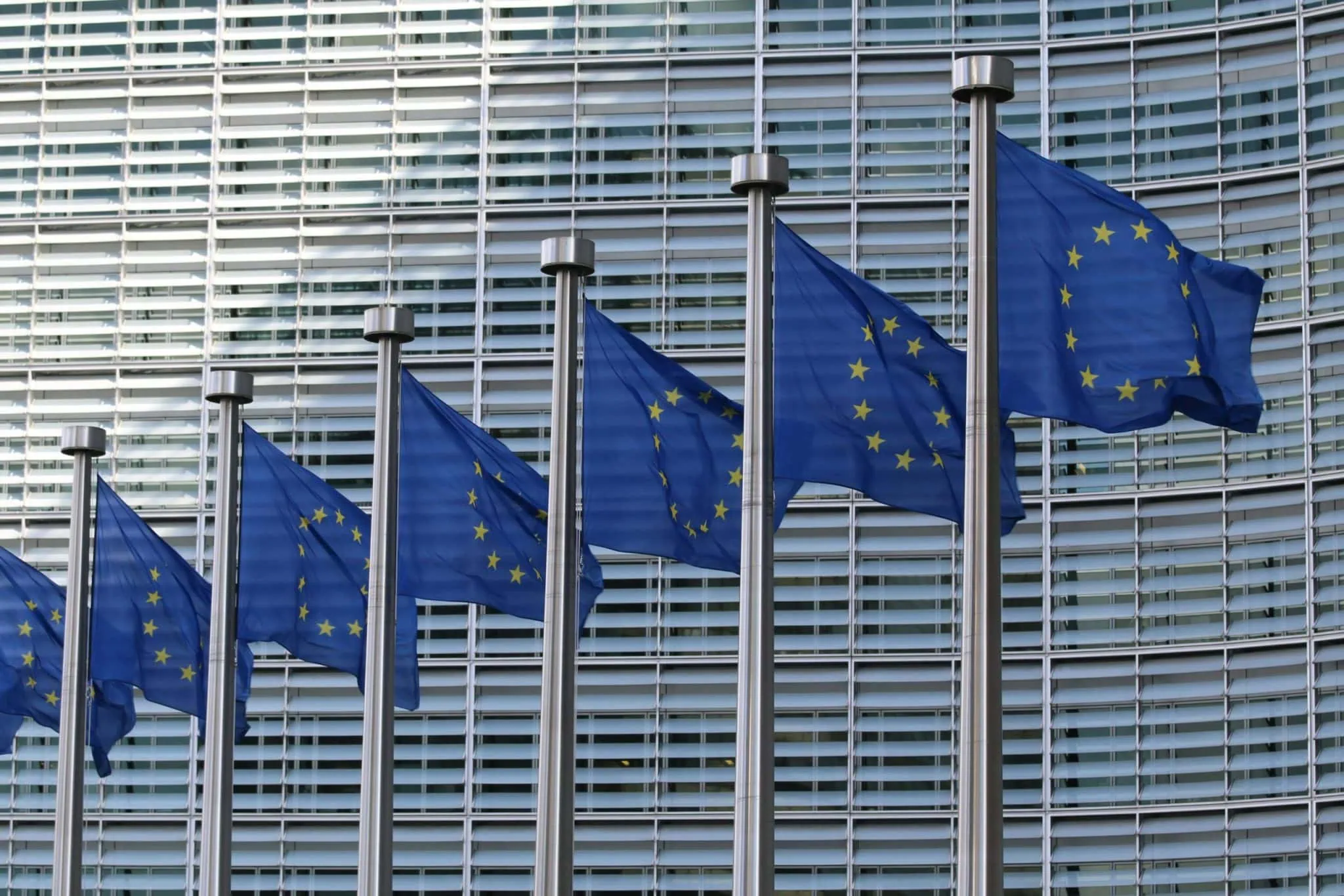The use of low carbon hydrogen based on non-renewable sources is considered as a transitional solution for the market ramp-up of renewable hydrogen. A new Ariadne paper shows that a strategic approach clarifying the role of non-renewable low carbon hydrogen production and imports is currently missing, but crucially needed on EU level. Ariadne scientists from the TU Darmstadt identify gaps and inconsistencies in the current EU legislation relevant for different types of low carbon hydrogen that impede an effective impact on climate mitigation.
The analysis provides insights about the current status of the EU framework for low carbon hydrogen production and imports: While low carbon hydrogen is already produced in the European Union and various import agreements have been signed, the role of non-renewable low carbon hydrogen from different sources (natural gas and nuclear-based) is insufficiently addressed in the EU’s strategic approach. This would be necessary though to guarantee effective impacts on climate mitigation, Ariadne researchers Michèle Knodt and Nils Bruch from TU Darmstadt argue.
According to the authors, the recently adopted Gas and Hydrogen Markets Directive, part of the “Fit for 55” legislation, has the potential to align the fragmented framework as the central legislation for low carbon hydrogen and ensure long-term impacts on greenhouse gas emission reductions. The Directive sets up the requirement of a 70% greenhouse gas emission savings threshold for the use of low carbon hydrogen that will be specified in an upcoming delegated act. To achieve effective impacts on climate mitigation, the researchers recommend that the delegated act needs to address significant greenhouse gas emission reductions during the entire lifecycle of low carbon hydrogen. This would include upstream (methane emission), midstream (carbon capture rates and transport leakages) and downstream (leakages in CO2 storage sites, re-emissions of CO2 stored in products) emissions.
As low carbon hydrogen will very likely be imported from third-countries into the EU, the researchers finally recommend that the EU should establish strategic approaches and measures to maintain emission reduction standards, potentially leveraging mechanisms like the Carbon Border Adjustment Mechanism or joint purchases under the EU Energy Platform.
Ariadne-Analysis
Nils Bruch, Michèle Knodt (2024): Low carbon hydrogen in the European Union:
A coherent regulatory framework.
https://doi.org/10.48485/pik.2024.011


